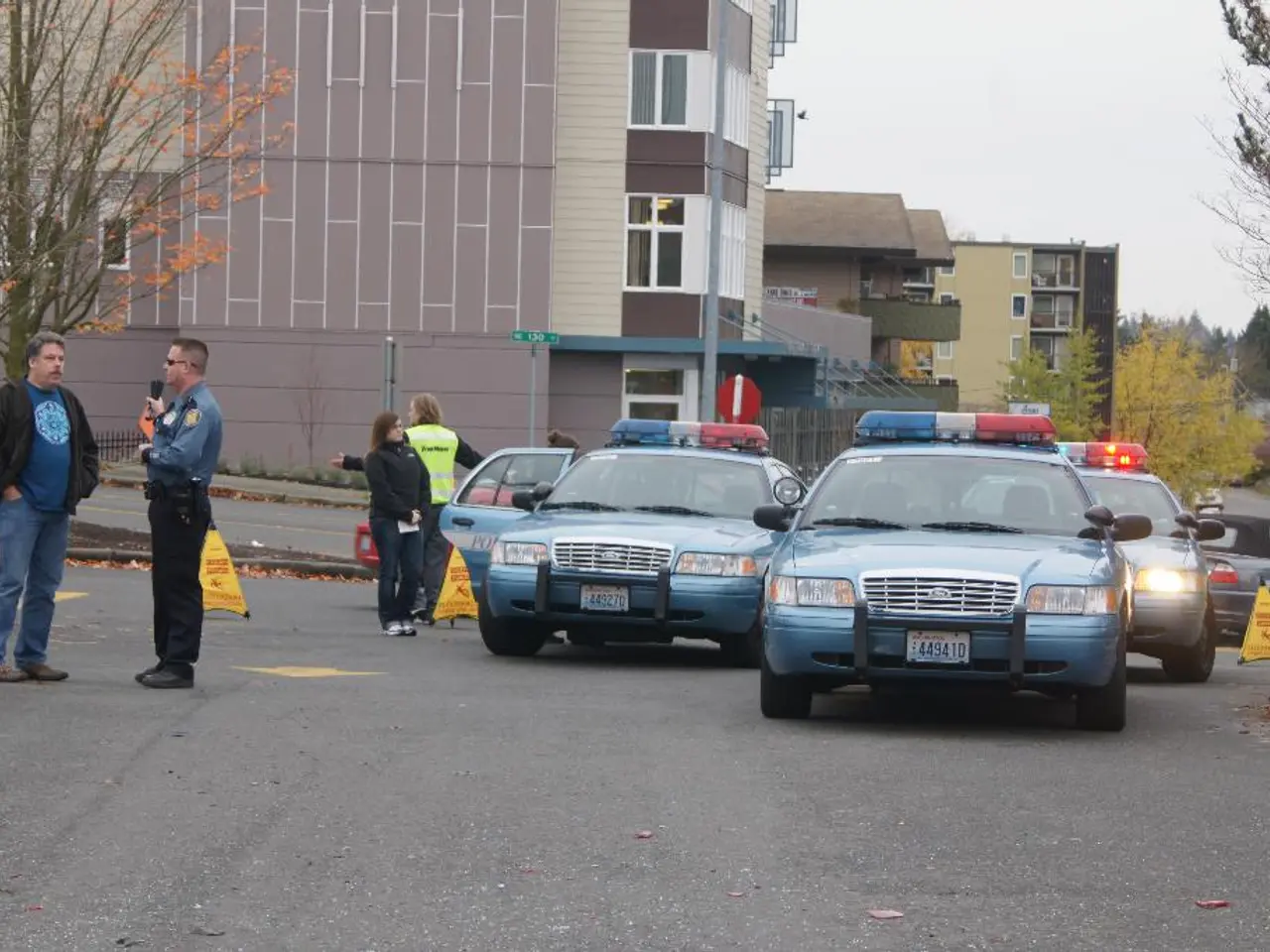Crisis Authorities Granted
In the Indian constitutional landscape, the provisions for National, State, and Financial Emergencies play a pivotal role in safeguarding the sovereignty, unity, integrity, and security of the nation. These emergency provisions, enshrined in Articles 352, 356, and 360, provide specific safeguards via parliamentary approval and allow judicial review, striking a balance between federalism and national integrity.
National Emergency (Article 352)
Declared in response to war, external aggression, or armed rebellion, the President initiates a National Emergency, followed by approval from both Houses of Parliament within one month. During this period, the Centre gains expansive control over states, allowing it to direct any state executive matter, significantly altering Centre-state relations. Parliament can legislate on any subject, including those in the State List, overriding state legislatures, temporarily making the Constitution unitary. The President can also alter the financial distribution between Centre and states, including reducing or stopping fund transfers during the emergency period. The emergency can be revoked by the President or by Lok Sabha resolution. National Emergency has been invoked three times—in 1962, 1971, and 1975.
State Emergency or President’s Rule (Article 356)
President's Rule, also known as State Emergency, is declared when the constitutional machinery in a state fails. The President's proclamation needs approval by both Houses by a special majority within two months. During this period, the state’s executive powers are assumed by the Centre, and the state legislative assembly can be suspended or dissolved. Since 1950, President's Rule has been imposed more than 115 times.
Financial Emergency (Article 360)
Financial Emergency can be declared due to a threat to the financial stability or credit of India or any part. The President declares the financial emergency, which must be approved by both Houses within two months; otherwise, it lapses. During Financial Emergency, the President can direct states to observe financial propriety, cut salaries and allowances of government officials and judges, and withhold funds from the Consolidated Fund of India. New taxes can be levied, government size reduced, and bond sales authorized. The President alone can revoke the emergency by proclamation without parliamentary approval. So far, Financial Emergency has never been invoked.
Recent Legislative Developments (2025)
While no fundamental changes to emergency provisions are noted in the latest amendments, the recent Constitution (One Hundred and Thirtieth Amendment) Bill, 2025 addresses governance integrity. It introduces a new clause in Article 75 about ministers detained for serious offences: Any minister detained for 30 consecutive days on charges punishable with 5 years or more imprisonment ceases to be a minister. The President removes the minister based on the Chief Minister’s advice or automatically if no advice is given. This amendment aims at improving constitutional morality and ensuring that ministers cannot govern while jailed, indirectly affecting political stability during crises.
In conclusion, these emergency provisions remain critical constitutional tools with specific safeguards via parliamentary approval and allow judicial review. The purpose of these emergency provisions is to safeguard the sovereignty, unity, integrity, and security of the nation. MM Punchhi Commission recommendation suggests a localized approach to Emergency provisions under Article 356, applying only to specific areas instead of the entire state. The highest number of President's Rule occurred during Indira Gandhi's time, which was 50 times. There are three types of emergencies: National emergency, State emergency, and Financial emergency. The 44th Amendment Act 1978 substituted 'armed rebellion' for 'internal disturbance' and requires the concurrence of the cabinet for declaring a national emergency, not just the advice of the prime minister. During President's Rule, the state legislative assembly may be dissolved or suspended, the state council of ministers and chief minister are dismissed, and the President takes over state government functions and powers of the Governor. President's Rule can be imposed if the state government cannot function as per the Constitution. The Sarkaria commission recommendation suggests that President's Rule should be used as a measure of last resort, clear warning to be issued, and alternative options be explored before imposition. The 42nd Amendment Act 1976 allows the President to limit the operation of National Emergency to a specified part of India. The terms of Lok Sabha & State Assemblies can be extended by one year at a time but not beyond six months after Emergency ends. Articles 352 to 360 of the Constitution deal with emergency provisions. President's Rule must be approved by both Houses of Parliament within two months.
- The recent Constitution (One Hundred and Thirtieth Amendment) Bill, 2025, a significant development in policy-and-legislation, addresses governance integrity by introducing a new clause in Article 75, altering the dynamics of politics within the government.
- In the realm of politics and general news, the MM Punchhi Commission's recommendation for a localized approach to Emergency provisions under Article 356 is gaining traction, aiming to strike a balance between federalism and national integrity.








